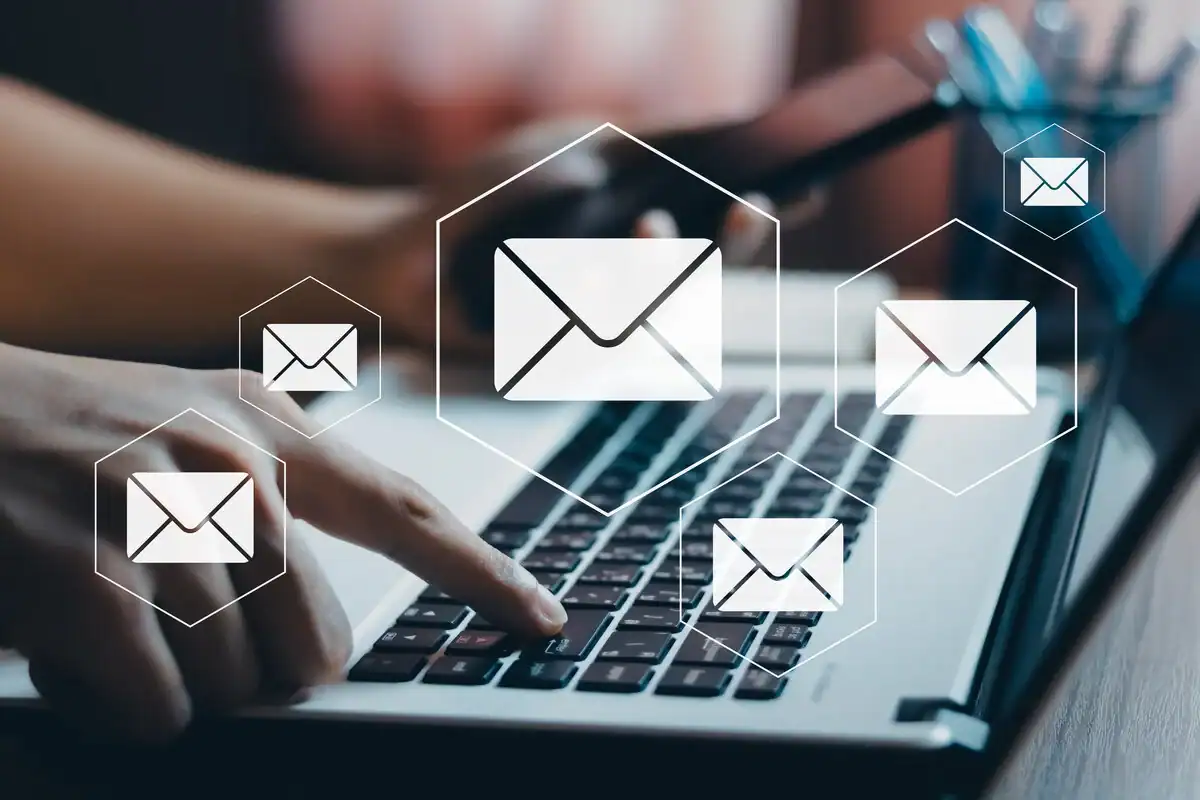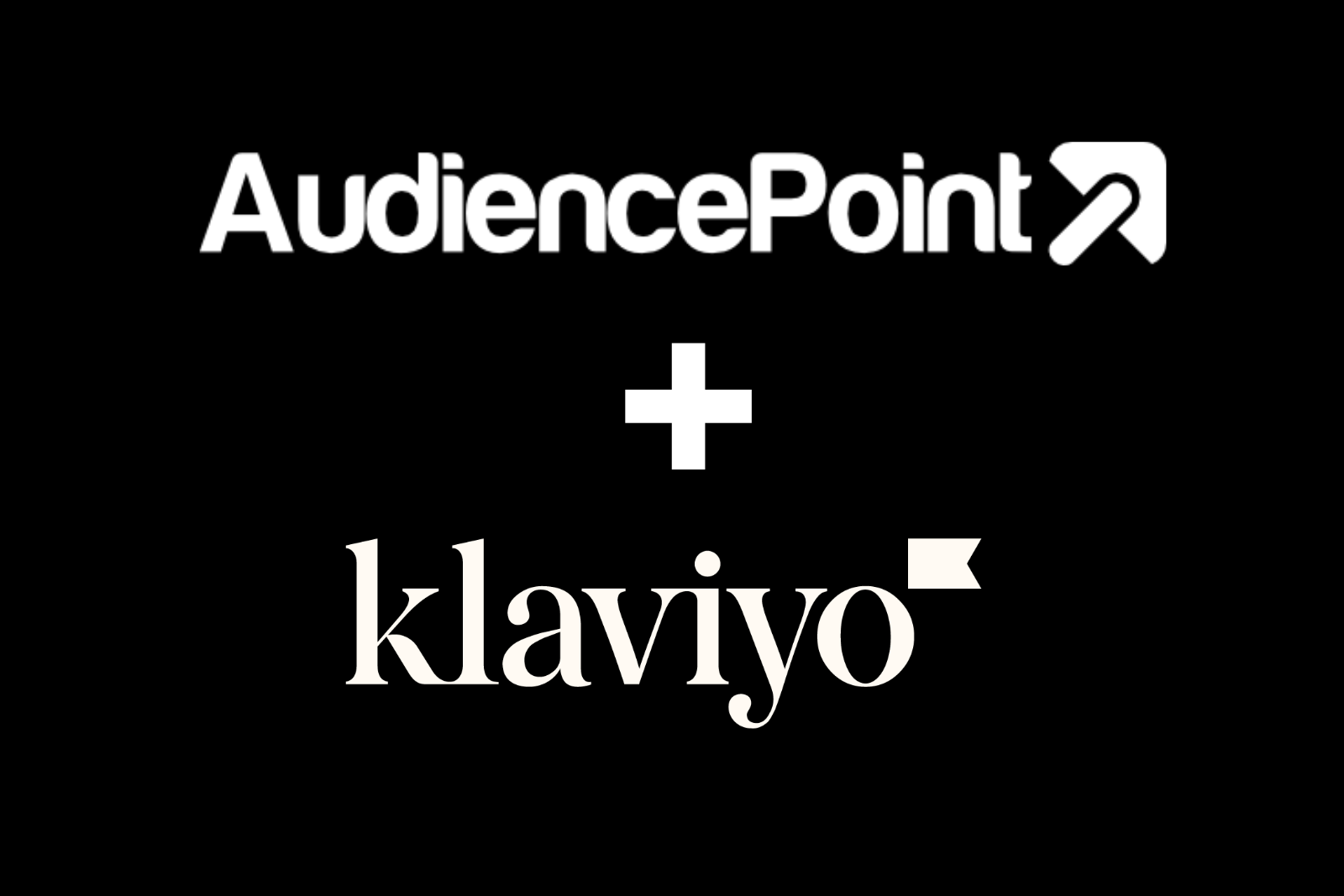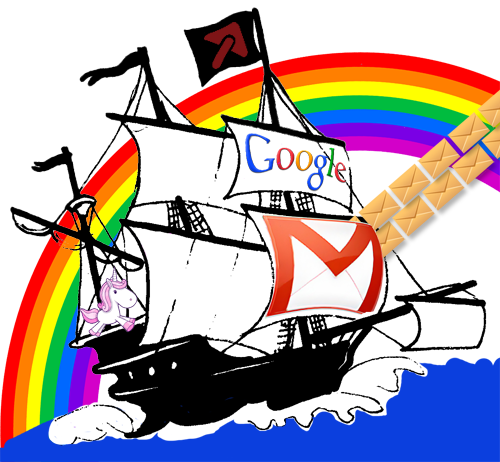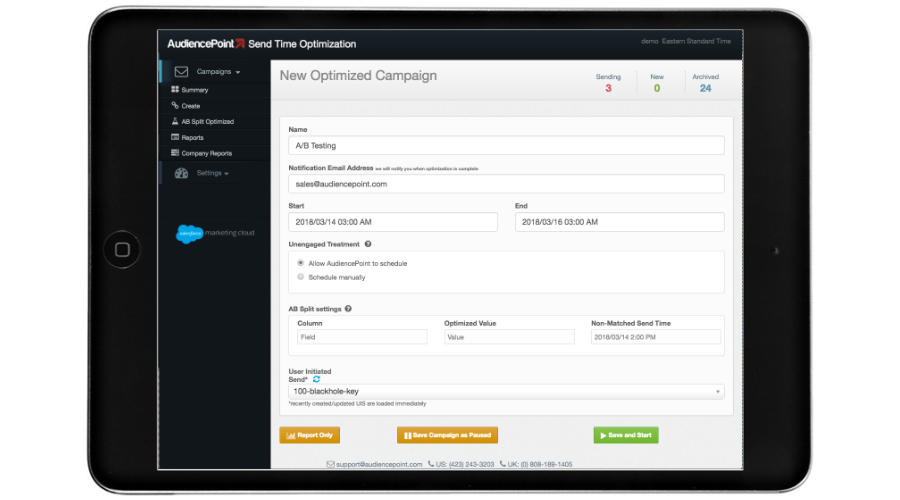AudiencePoint is thrilled to announce our new integration with Klaviyo! AudiencePoint is looking for partners to pilot our...
Email marketing continues to be a robust tool for communication and engagement, poised to evolve significantly this year and beyond. With advancements in technology and data analytics, email marketing is not only surviving but thriving, adapting to the ever-changing digital landscape. Far from dying, email marketing holds a promising future due to its adaptability and the introduction of personalized, data-driven strategies. A well-planned email marketing strategy is essential to fully leverage these advancements, ensuring campaigns are optimized for better engagement and ROI.
Overview of Email Marketing Landscape in 2025
This year is expected to bring transformative changes to email marketing, driven by technological advancements and evolving consumer preferences. With the integration of AI and machine learning, marketers are using these technologies to enhance targeting and automation, resulting in an unprecedented level of personalization. These technologies facilitate deeper insights into customer behavior, enabling marketers to craft more compelling and relevant email campaigns.
Importance of Email Marketing as a Communication Tool
Email marketing remains one of the most effective channels for direct communication with audiences. Its ability to deliver personalized content directly to consumers’ inboxes, especially through an email newsletter, helps maintain ongoing communication and engagement with subscribers. This year and beyond, it will continue to play a crucial role in omnichannel marketing strategies, providing a consistent and reliable means of reaching a broad audience with tailored messages.
The Impact of Technology and Data on Email Marketing
The impact of technology and data on email marketing cannot be overstated. With the rise of advanced data analytics, marketers have access to in-depth insights into consumer behavior and preferences, allowing for more informed decision-making in email strategies. Moreover, technologies like AI are set to revolutionize how email campaigns are designed and analyzed, making it possible to optimize every aspect of an email campaign, including timing, automation triggers, and content delivery. By leveraging these advancements, email marketers can significantly enhance their strategy efficacy, ensuring higher engagement and conversion rates.
In conclusion, the future of email marketing trends in 2025 and beyond is bright and full of potential. With the continual growth in technology and data capabilities, email marketing is on the verge of a new era, offering marketers unparalleled opportunities to engage, nurture, and convert their audiences. Leading brands are increasingly investing in their overall email marketing program by integrating sophisticated email marketing tools that streamline personalization and improve customer engagement, even when reaching out multiple times through the same email.
What is the Best Time to Send Marketing Emails?
Determining the best time to send marketing emails is crucial for maximizing engagement and conversion. While there isn’t a one-size-fits-all answer, data-driven strategies and audience insights can significantly enhance email effectiveness. Marketers can determine the best time to send emails by analyzing engagement data, running A/B tests, and leveraging platform analytics to identify when their audience is most responsive.
In general, the best time frames for sending marketing emails revolve around your audience’s average daily schedule and behavior, making it important to consider the time of day when planning sends, which require consistent monitoring and data adjustments.
Industry benchmarks or general recommendations can serve as a useful starting point, but ongoing testing and adjustment are essential to optimize results for your specific audience.
Factors Influencing Optimal Email Timing
Several factors lie at the core of determining optimal times for sending marketing emails. Audience demographics, behavior patterns, geographical locations, and industry specifics can significantly influence timing. Optimal send times can vary depending on the industry, audience habits, time zones, holidays, and weekends. For instance, business professionals might engage more on weekdays, while consumers may be more receptive on evenings or weekends. Understanding these unique characteristics is crucial, as engagement patterns differ across industries. Marketers should test different day and time combinations to find what works best for their audience.
Importance of Understanding Audience Behavior
Seasonal trends, significant events, and psychological factors such as urgency or relaxation times, as well as understanding the audience’s routines and preferences, influence engagement levels on any email marketing campaign. Leveraging analytics tools to track behaviors like open rates and click-through rates provides actionable insights, enabling businesses to fine-tune their email campaigns.
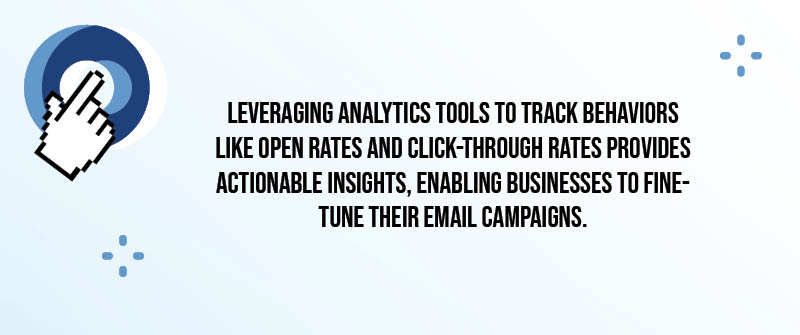
Data-Driven Insights for Timing
Data-driven approaches to determining email timing can yield exceptional results. Platforms like AudiencePoint offer advanced Send Time Optimization tools that minimize guesswork by analyzing a wealth of second-party data. Marketers can also use b testing to compare different send times and determine the best send time for their audience. These tools assess when target subscribers are most active, enabling marketers to pinpoint optimal windows for engagement. By leveraging data analysis and testing, marketers can find the optimal send time for each campaign. With this technology, marketers can align their schedules with audience preferences, enhancing the likelihood of successful interactions.
Understanding both the best and worst times for email distribution requires access to comprehensive, reliable data. Knowing when engagement is least likely (such as late-night hours or weekends, depending on the industry) allows businesses to avoid those times, reducing wasted resources and improving overall outreach effectiveness.
Daily Breakdown: Monday to Sunday
Understanding the daily timings for sending marketing emails can significantly impact engagement rates and how your audience interacts with your messages. Each day of the week brings unique opportunities and challenges, and the best days for emails sent can vary depending on your audience’s behavior and preferences. This section will guide you through optimal sending times from Monday to Sunday, helping you maximize your email marketing strategies, including how to plan and send an email campaign for optimal engagement based on the volume of emails sent and industry data.
Best Time to Send a Marketing Email on Monday
Monday marks the start of the workweek, and many professionals are focused on catching up on weekend emails or setting their agenda. Sending emails in the early morning can be especially effective, as recipients often check their inboxes right after waking up, increasing the chances of your message being seen. Thus, sending emails in the late morning, around 10 AM to 11 AM, can capture their attention after they have settled into their day. This timing takes advantage of when people are likely to have concluded their morning tasks and are more receptive to new information. Marketers should avoid sending emails too late in the day on Mondays, as engagement tends to drop.
Best Time to Send Marketing Email on Wednesday
Midweek, especially Wednesday, offers a golden opportunity for email marketers. Many choose Wednesday to send an email blast, as it often results in high engagement rates. On this day, both peak productivity and engagement levels are noted, as individuals feel accomplished with their week’s progress. Aim for late morning to mid-afternoon send times—between 10 AM and 2 PM—to capitalize on this midweek engagement. This window aligns with work breaks and flexible workflows, offering a higher chance for your emails to be opened and read.
Best Time to Send Marketing Email on Thursday
Thursday continues to build on the momentum of the workweek, acting as a tactical day to reach out before the weekend mindset sets in. To maximize Thursday performance, consider sending emails based on subscriber engagement patterns, tailoring your campaigns to when your audience is most active. Sending emails between 11 AM and 1 PM gives you the opportunity to engage recipients when they are winding down for lunch and might be more likely to engage with non-essential communications during this time.
Best Time to Send Marketing Email on Friday
Friday can be a tricky day; it’s a transition point into the weekend. The timing of Friday sends can significantly impact engagement, so careful planning of when and how often you schedule your sends is crucial to maximize open rates. Therefore, the best times are late morning, around 10 AM to 12 PM, before recipients disengage in the afternoon in anticipation of the weekend. This period allows marketers to capture attention before the end-of-week wrap-ups begin.
Best Time to Send Marketing Email on Sunday
Sunday presents a unique opportunity for thoughtful engagement before the upcoming week. While it is typically a day of rest, sending emails early in the morning, around 8–10 AM, can help you reach recipients before their day gets busy and increase the likelihood of your message being noticed. Alternatively, sending emails in the afternoon, around 1 PM to 3 PM, can prepare recipients for the week ahead. This timing takes advantage of moments when individuals are reviewing personal agendas or probably exploring leisure activities, making them more receptive to engaging content outside of their hectic weekday schedule.
| Day of the Week | Best Time to Send a Marketing Email |
| Monday | 10-11 AM |
| Tuesday (day with the highest open rate) | 10 AM -1 PM |
| Wednesday | 10 AM – 2 PM |
| Thursday | 11 AM – 1 PM |
| Friday | 10 AM – 12 PM |
| Sunday | 1 PM – 3 PM |
By tailoring your approach with daily timings in mind, you’re more likely to see heightened engagement and better results from your email marketing campaigns. Each day provides its unique opportunity, allowing you to strategically reach your audience at prime times when they are more engaged and more likely to respond positively to your content.
The Best Day to Send Marketing Emails
When it comes to maximizing the engagement of your email marketing campaigns, choosing the best day to send emails is crucial.
Studies show that the highest engagement rates for marketing emails are typically seen on weekdays, with Tuesday often emerging as the top performer.
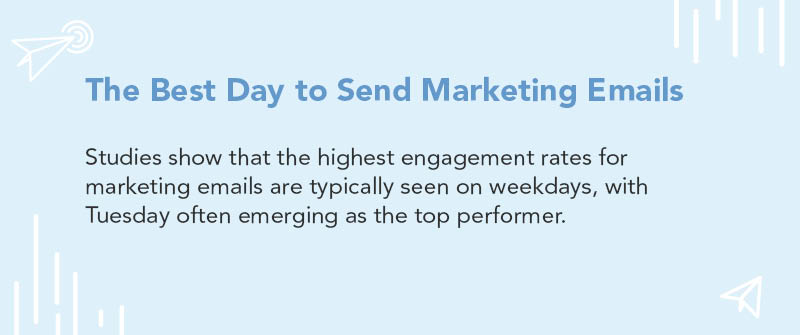
However, factors such as your specific audience and industry can significantly influence the optimal day to send your emails. The right time to send emails can vary across different industries, as open rates and engagement often differ across different sectors. Understanding these nuances can substantially impact the overall success of your email marketing efforts. Finding the right time for your specific audience and industry is essential for maximizing results.
Analysis of Engagement by Day of the Week
The common consensus among various studies is that Tuesday, Wednesday, and Thursday are generally the most favorable days to send marketing emails. These days typically yield better open and click-through rates compared to other days of the week. Optimizing for higher click rates is especially important, as click rates serve as a key metric for measuring user engagement and campaign effectiveness.
Tuesday, in particular, is often highlighted as the day with the highest levels of engagement. This is primarily because it follows the typically hectic start of a week on Monday, when many individuals are catching up on tasks and tend to overlook promotional emails.
Nonetheless, it is crucial to recognize that these generalizations may not apply universally across all industries or audiences. Different audiences may exhibit variance in email interaction behavior based on their specific professional and personal routines, emphasizing the importance of audience-specific analysis.
Impact of Weekday vs. Weekend on Open Rates for Marketing Emails
Weekdays generally have better performance metrics in terms of open rates compared to weekends, as consumers are more likely to check and respond to emails during their workweek. Marketers should avoid sending emails during low-engagement periods on weekends unless their audience data suggests otherwise. On the contrary, on weekends, people often engage less with their emails due to personal commitments and leisure activities, leading to lower interaction rates.
However, it’s important to note that specific audiences may react differently. For instance, if your target audience includes individuals who work weekends or have irregular schedules, you might find Saturday or Sunday to be unexpectedly fruitful for your email campaigns. Ultimately, these variances can significantly shape the strategy you deploy for your email marketing.
Audience-Specific Day Preferences
Given the diversity in consumer behavior, every email marketer should conduct audience-specific analyses to identify the best day for sending emails. When doing so, keep in mind the unique habits and preferences of your audience, as these can significantly impact engagement. This involves examining historical data to understand how your audience interacts with emails over time, focusing on the days that yield higher open and conversion rates.
Utilizing advanced tools like AudiencePoint’s Send Time Optimization can provide invaluable insights by analyzing vast pools of second-party data to reveal precisely how subscribers engage with their inboxes. The tool helps to tailor a marketing strategy that considers individual subscriber habits, thereby improving overall email performance. Make sure your strategies are continually updated based on new data and feedback to maximize results.
The Best Times to Send Emails in the USA
To send emails at the best times in the United States, you must consider various factors such as time zones, cultural nuances, and regional differences when planning your email campaigns. Choosing the right time to send email can significantly impact engagement, open rates, and overall campaign success.
An effective strategy requires combining data-driven insights with an understanding of your target audience’s habits and preferences, including analyzing email send times to identify the best email delivery windows.
Consideration of Different Time Zones
The United States spans multiple time zones, which can pose a significant challenge for marketers trying to determine the optimal time to send emails. It is crucial to consider each recipient’s time zone when scheduling email sends to ensure messages arrive at the most effective local time. Segment your email list according to the recipient’s location to minimize the chance of missing your peak engagement window. For instance, an email sent at 9 AM Eastern Time might perform differently if read at 6 AM Pacific Time. To accommodate these variations, consider staggering your send times or tailoring your strategy to align with local peak hours.
Impact of Cultural and Regional Differences
In addition to time zones, cultural and regional differences should also inform your email send time strategy. Different regions may have varying preferences for when they check and open emails.
For example, a campaign targeting business professionals in New York may perform best mid-morning, while a campaign aimed at tech enthusiasts in Silicon Valley might see greater engagement in the late evening. Analyzing the performance of emails sent to different regions can reveal optimal timing patterns and help you adjust your strategy for maximum engagement.
Recognizing and accommodating these cultural variations can significantly enhance your campaign’s effectiveness.
Practical Tips for Marketers Targeting US Audiences
For marketing professionals targeting audiences within the USA, it’s essential to continually gather and analyze user data to refine timing strategies. Finding the best time for each segment through ongoing testing and analysis is crucial, as it allows you to optimize engagement and open rates. Utilize tools such as AudiencePoint’s Send Time Optimization, which provides insights drawn from vast data pools to pinpoint exactly when your audience is most likely to engage with your emails.
Moreover, continually testing and asking for subscriber feedback on email timing can help fine-tune your approach. Understanding the dynamics of your audience’s day, including when they are most active online, aligns with greater chances of email opens and responses.
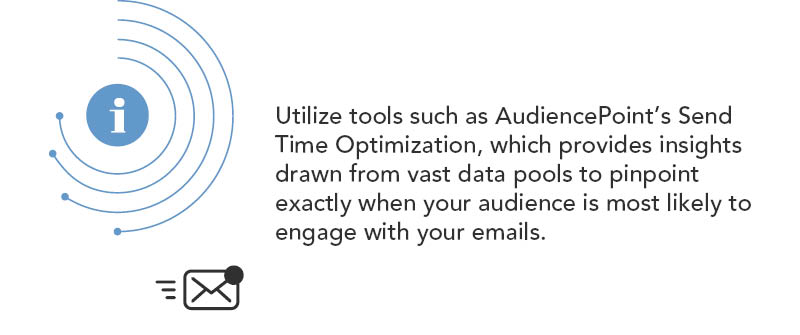
Leveraging Technology for Send Time Optimization
Send time optimization plays a pivotal role in ensuring your marketing emails hit your subscribers’ inboxes at precisely the right moment. By harnessing advanced technology and sophisticated algorithms, marketers can effectively optimize email delivery times, cutting through the noise and dramatically improving campaign success. Technology can help identify the optimal send window for each recipient, allowing you to send your email at the time most likely to achieve high engagement.
Benefits of Send Time Optimization Tools
Send time optimization tools offer unrivaled benefits for email marketers looking to enhance their campaigns. Firstly, these tools provide a data-driven approach to determine the most effective times to send emails, reducing the reliance on generic, outdated timing strategies. Leveraging these tools can significantly increase open rates, click-through rates, and ultimately, conversion rates. Achieving higher open rates is a key benefit, as these tools help ensure your emails reach and engage more recipients.
Moreover, these tools ensure that emails are sent during windows when subscribers are most likely to engage, thereby boosting your brand’s visibility and improving relationships with your audience.
This precision timing can also lead to improved deliverability and placement in primary inboxes rather than spam or promotions folders.
How Data and Technology Influence Email Timing
By analyzing vast amounts of subscriber behavior data, marketers can identify patterns and trends regarding email engagement. Advanced algorithms consider factors such as past open times, previous engagement levels, and even device usage to recommend the most opportune times for sending each email. Marketers can also use a b test to compare different send times and refine their strategies for optimal results. Technologies such as machine learning and artificial intelligence use these insights to craft personalized timing strategies that adapt to individual subscriber behaviors over time.
Case Study: AudiencePoint’s Send Time Optimization Tool
AudiencePoint’s Send Time Optimization tool stands as a beacon of innovation in the realm of email marketing. Utilizing its expansive second-party data pool, the tool goes beyond mere estimation, offering precise send time recommendations personalized down to each subscriber. The tool helps marketers identify the best send time for every recipient, ensuring emails are delivered when engagement is most likely. This enables email marketing professionals to bypass labor-intensive trial and error and instead apply empirically backed strategies for immediate results.
One of the tool’s key features is its ability to account for external variables such as device types and historical engagement patterns. By targeting subscribers individually, your emails are not only sent at the most effective time but also stay relevant and engaging, translating into higher conversion rates and increased revenue.
Conclusion: The Future of Email Marketing
The future of email marketing is far from bleak; in fact, it’s poised to become more integral to marketing strategies in 2025 and beyond. Far from dying, email marketing continues to evolve, leveraging cutting-edge technologies and enhanced data analysis to become more efficient and effective. As the industry evolves, maintaining good email marketing practices—such as a good open rate, good time to send, and a good subject line—remains essential for achieving optimal results. Key trends point towards an increased focus on personalization, automation, and strategic understanding of subscriber behaviors to drive engagement and ROI.
The continuous evolution of digital communication channels has equipped email marketing with tools that allow marketers to reach audiences with more precision and relevance than ever before.
Technologies such as AI-driven send time optimization, advanced analytics, and AI personalizations are transforming campaigns into more effective and tailored communications. This evolution is not only validating email marketing’s place in the digital landscape but also amplifying its power to connect with audiences on a deeper level.
Summary of Key Findings about Email Timing
Having delved into the best practices and timelines for sending marketing emails, it’s evident that timing can significantly impact email engagement and effectiveness. Choosing the optimal moment to send an email is crucial for maximizing its impact and ensuring it reaches your audience when they are most likely to engage. Recognizing that there’s no universal ‘best time’ requires a nuanced approach that considers factors like audience behavior, time zones, and specific market conditions. These insights empower marketers to deploy strategies that align with subscriber habits, ensuring emails are opened and acted upon.
Forecast of Email Marketing Trends
Looking ahead to 2026 and beyond, email marketing is expected to become even more refined with advancements in technology and analytics. As privacy concerns and regulations evolve, building strong and authentic relationships with subscribers will take precedence.
Future trends will likely emphasize transparency, trust-building, and value-driven content. As a result, marketers will need to stay agile, continuously learning and adapting to maintain strong email engagement rates. New tools and strategies will enable marketers to send the best email at the optimal time, maximizing engagement and results.
Final Thoughts on Leveraging Timing for Marketing Success
Understanding and optimizing email timing is a pivotal factor in achieving marketing success. By employing smart strategies that are deeply informed by data, marketers are well-positioned to capitalize on opportunities for engagement. Timing, when paired with a comprehensive understanding of audience needs, becomes a powerful tool for enhancing deliverability and impact. This is especially critical when planning an email blast, as choosing the optimal time can significantly increase reach and engagement.
Partner with AudiencePoint and stay ahead of the curve and supercharge your email marketing efforts, the premier platform offering unparalleled subscriber insights and strategies that elevate email engagement, boost deliverability, and amplify your revenue streams.
